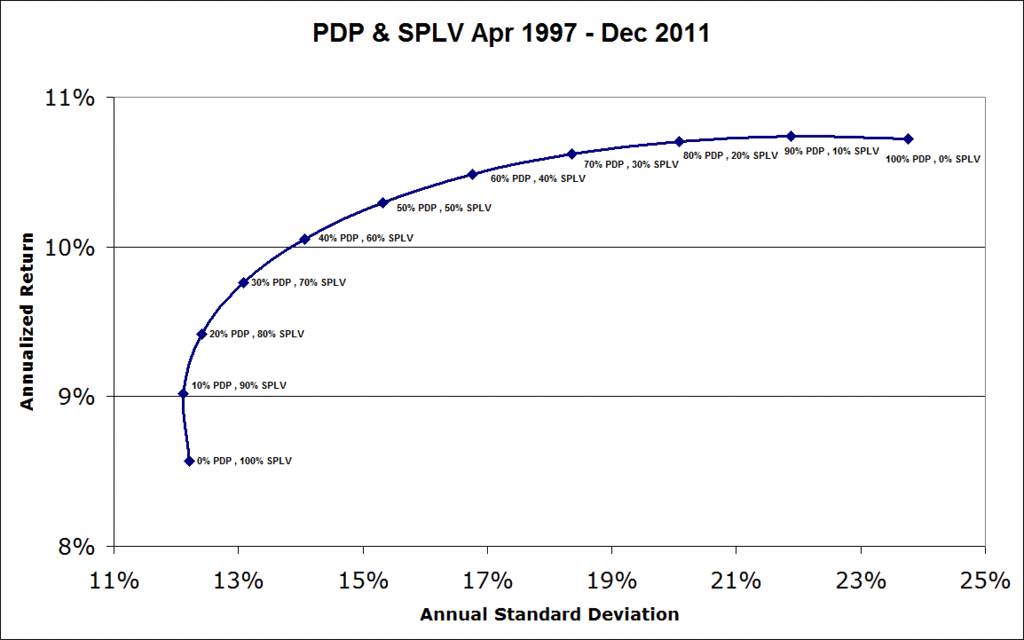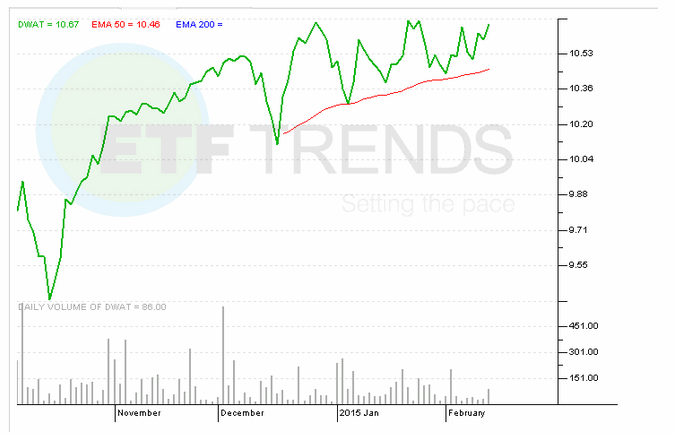Tactical Asset Alloc Archives Page 1 of 18 Systematic Relative Strength Systematic Relative
Post on: 29 Июнь, 2015 No Comment

Marketing Timing with CAPE
March 5, 2015
How worried should you be when you hear someone say that the market is overvalued?
Wesley Gray at Alpha Architect takes a deep dive into the topic of timing the market using CAPE, Shillers Cyclically Adjusted PE ratio in a recent post. His results should give pause to even he most strident market timing fundamentalist. He also looked at market timing using simple trend following (trend following performed better!). His methods are described below (study covered the period 1/1/1947 1/31/2015):
To create our valuation-timing indicator, every month we identify the 99 percentile valuations using rolling 5-, 10-, and 20-year look-back periods. Our trading rule is simple: if the current market valuation is greater or equal to the 99 percentile measure, we invest in the risk-free rate (short-term treasury bills), otherwise, we stay invested.
We compare the valuation-timing indicator to a monthly-assessed simple moving-average (MA) trading rule, and a buy-and-hold strategy. The buy-and-hold strategy is straightforward, and the MA indicator is simple: if the current market price is lower than the 12 month moving average, we invest in the risk-free rate (short-term treasury bills), otherwise, we stay invested.
Our conclusion is counterintuitive, but not entirely surprising:
Strategy Legend:
- SP500 = S&P 500 Total Return Index
- LTR = The Merrill Lynch 10-year U.S. Treasury Futures Total Return Index
- Rolling 5 year 99perc CAPE= Timing signal uses the 99th percentile valuation metric using rolling 5 year look-back periods.
- Rolling 10 year 99perc CAPE = Timing signal uses the 99th percentile valuation metric using rolling 10 year look-back periods.
- Rolling 20 year 99perc CAPE= Timing signal uses the 99th percentile valuation metric using rolling 20 year look-back periods.
- (1,12) MA= If last month’s price is above the past 12 month average, invest in the S&P 500; otherwise, buy U.S. Treasury Bills (RF).

The results are hypothetical results and are NOT an indicator of future results and do NOT represent returns that any investor actually attained. Indexes are unmanaged, do not reflect management or trading fees, and one cannot invest directly in an index. Additional information regarding the construction of these results is available upon request.
Conclusion
There is no evidence to support the use of valuation-timing, which performs similarly to buy-and-hold strategies (after costs it would we much worse). There is nothing magical about the 99th percentile. Trend-following, at least historically, seems to more effective.
Perhaps there are more convoluted, complex, and data-optimized ways in which we can leverage overall market valuations to help us time markets. We havent found any, but that doesnt mean they dont exist. Please share.
Pretty shocking results. If you cant even successfully identify overvalued markets when a market is in the 99th valuation percentile, then why even pay any attention to valuation measures at all? If someone wants to be bearish, there is always some seemingly plausible reason and CAPE valuation measures are an often-cited reason. However, Grays study is a solid takedown of the idea that CAPE can be effectively used as a way to get out of the market at the right time. As pointed out in his study, a simple trend following method worked better. Perhaps, an even more promising approach is a relative strength-driven Tactical Asset Allocation strategy as is detailed in this white paper by our own John Lewis.
FYI, no one knows how expensive the market really is or how expensive it really should be.
A reality that investors would do well to embrace.
The relative strength strategy is NOT a guarantee. There may be times where all investment sand strategies are unfavorable and depreciate in value.














